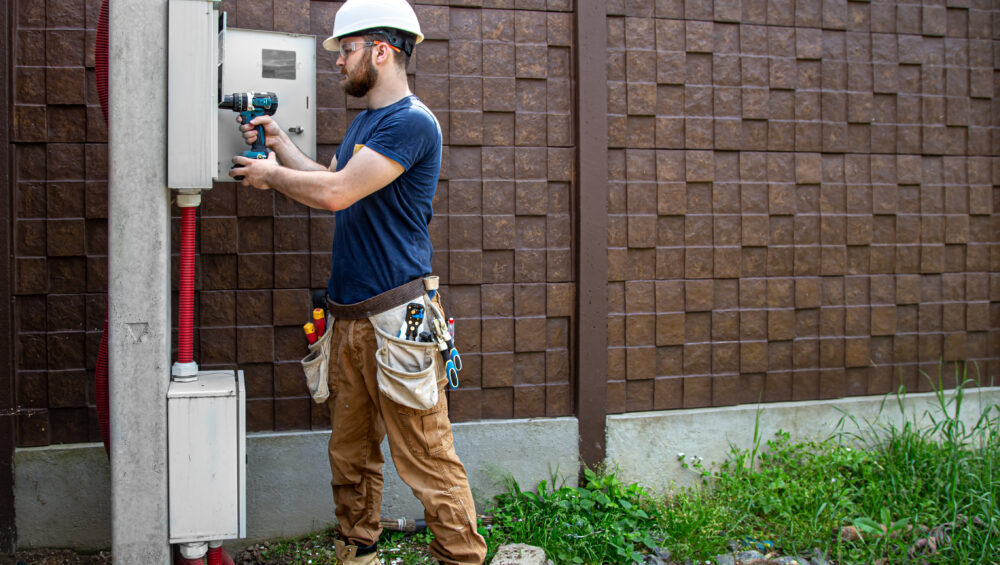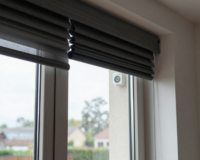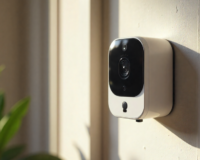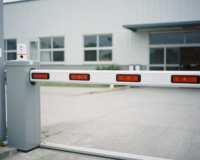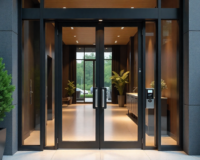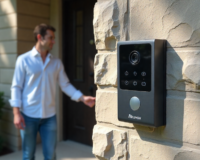Automatic Sliding Gate Systems: Complete Technical Guide for Australian Installers
Introduction: Why Automatic Sliding Gates Dominate the Market
Across Australia, automatic sliding gate systems have become the preferred solution for residential, commercial, and industrial access control. Their ability to handle heavy loads, save space, and integrate seamlessly with modern automation platforms makes them essential for any professional gate installer or contractor.
As property owners demand higher security, better convenience, and more intelligent control, contractors must not only understand how to install these systems — but also how to design, specify, and maintain them for long-term reliability. This guide is written specifically for professionals, offering deep technical insights, best-practice recommendations, and product references relevant to the Australian market.
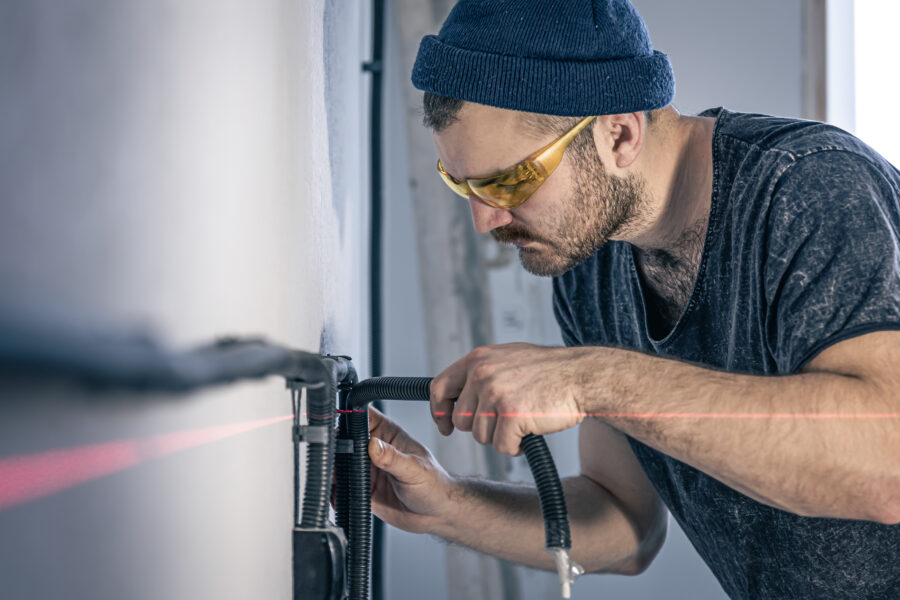
Why Choose an Automatic Sliding Gate System?
For installers, the decision to specify a sliding system over a swing design often comes down to engineering and site constraints. These gates:
-
✅ Maximise space efficiency – Because they move horizontally along a track, sliding gates don’t require swing clearance, making them ideal for sites with limited frontage, tight driveways, or adjacent footpaths.
-
✅ Support heavy and wide structures – Motors are available for gates from 400 kg to over 1200 kg, enabling robust automation even on multi-leaf or telescopic designs.
-
✅ Perform reliably in demanding environments – With correct specification, sliding gates withstand wind loading, debris, and harsh weather better than swing alternatives.
-
✅ Offer retrofit flexibility – Existing manual gates can often be converted by reinforcing the foundation, installing a track and rack system, and adding a motor and control unit.
Key Technical Considerations for Installation
1. Gate Weight, Length & Motor Sizing
Selecting the correct automatic sliding gate motor is the cornerstone of a successful installation. Underpowered motors cause excessive wear, overheating, and premature failure.
-
Weight calculation: Determine total gate mass and add a 25–40% safety margin.
-
Length and drag: Longer gates create additional rolling resistance, requiring higher torque.
-
Wind load: Wide or solid-panel gates in open or coastal areas must be rated for added wind resistance.
Example products:
-
Nice Robus 400 Sliding Gate Kit – ideal for residential or light-commercial gates up to ~400 kg.
-
DEA LIVI 400 kg Sliding Gate Motor – reliable mid-range solution for Australian properties.
2. Foundation and Track Construction
Foundation work is often underestimated but is critical to the long-term stability of any automatic sliding gate system:
-
Pour a reinforced concrete pad (150 mm minimum) under the motor base and track.
-
Ensure the track is perfectly level, straight, and aligned. Even minor deviations can lead to binding or derailment.
-
Design drainage pathways to prevent water accumulation — pooling accelerates corrosion and increases rolling resistance.
3. Rack, Pinion & Alignment Tolerances
Precision alignment of the rack and pinion is essential for smooth operation:
-
Maintain ±1 mm per metre of rack straightness.
-
Ensure correct tooth meshing and consistent engagement height.
-
Use galvanised or stainless-steel racks in coastal or corrosive environments.
Routine inspections every 6–12 months should include rack re-torquing and lubrication checks.
4. Electrical Standards & Safety Compliance
Electrical reliability is just as important as mechanical design. Poor wiring, inadequate surge protection, or non-compliance with standards are common causes of system failure.
-
Provide a dedicated power circuit with surge suppression and circuit breakers.
-
Include battery backup for sites requiring continuous access (e.g. emergency exits, strata complexes).
-
Follow AS/NZS 3012 and AS 5007 for installation safety and powered gate compliance.
5. Automation, Control & Integration
Modern systems go beyond simple open/close functions. Plan for advanced automation features that improve safety, convenience, and long-term value:
-
Smart control: Integrate with mobile apps, keypads, RFID, or access platforms.
-
Safety: Auto-reverse, photocells, and obstacle detection should be standard.
-
Future-proofing: Choose controllers with expansion capacity to integrate with home automation, intercoms, or number-plate recognition.
Common Installation Challenges in Australia (and How to Solve Them)
Soil Conditions and Ground Movement
-
Clay soils (Melbourne): Seasonal expansion and contraction can shift rails.
-
Sandy soils (Queensland): Foundations may settle over time.
✅ Solution: Use deeper reinforced footings, soil stabilisation where needed, and schedule annual inspections for alignment.
Corrosion & Environmental Factors
-
Coastal environments: Salt corrosion on hardware and electronics.
-
High-UV zones: Plastic components degrade over time.
✅ Solution: Use IP-rated enclosures, galvanised steel components, UV-stable materials, and anti-corrosion coatings.
Electrical Instability & Surge Risk
Voltage fluctuation or lightning surges can damage control boards.
✅ Solution: Install surge protectors, voltage stabilisers, and ensure proper grounding. Consider UPS backup for high-security sites.
🛠️ Recommended Tools & Kits for Contractors
Here are three proven solutions widely used by Australian installers:
-
Nice Robus 400 Sliding Gate Kit – Compact, reliable, and feature-rich motor for light to medium gates.
-
DEA LIVI 400 kg Sliding Gate Motor – Excellent balance of power and control for residential and commercial sites.
-
Sliding Gate Automation Systems – Explore a range of solutions suitable for gates up to 1200 kg.
Best Practices for Professional Installers
-
📏 Detailed site survey: Record dimensions, ground conditions, wind exposure, and soil type before specification.
-
⚙️ Overspecify motors: Always allow a load margin to handle unexpected drag or environmental conditions.
-
🪛 Precision alignment: Use laser tools and string lines to maintain rack and rail tolerances.
-
🔌 Dedicated power: Avoid shared circuits and use surge suppression as standard.
-
🔍 Full commissioning: Test safety sensors, obstacle detection, power loss behaviour, and manual release before handover.
-
🧰 Maintenance plan: Offer clients scheduled servicing — a key revenue stream and a way to ensure long-term reliability.
Business Advantage: Why Contractors Should Specialise in Automatic Sliding Gates
With increasing demand for automatic sliding gate systems in Australia, contractors who master their design and installation can unlock significant commercial opportunities. Expertise leads to:
-
📈 Access to larger commercial and strata contracts.
-
🔄 Repeat maintenance revenue.
-
🤝 Stronger client relationships through upgrade and integration services.
-
🏆 A competitive edge in an expanding automation market.
❓ FAQ: Automatic Sliding Gate Systems Australia
Q1: What exactly is an automatic sliding gate?
An automatic sliding gate is a motor-driven access system that moves horizontally along a track, typically using a rack-and-pinion mechanism. These gates are controlled via remotes, keypads, mobile apps, or integration with broader access control platforms.
Q2: How heavy can they go?
Residential systems typically support 400–600 kg, while heavy-duty commercial units can handle 1200 kg or more, depending on the motor specification and track design.
Q3: Can I automate an existing manual gate?
Yes — provided the structure, foundation, and track are sound. Retrofitting usually involves installing a motor, rack, and control system, and may require foundation reinforcement or upgraded tracks.
Q4: How often should they be serviced?
We recommend professional servicing every 6–12 months. This ensures the motor, rack, and safety systems operate optimally and helps detect wear before failures occur.
Q5: Are they compliant with Australian standards?
Yes — when installed with safety features like photocells, auto-reverse, and obstacle detection, and in compliance with AS 5007 and AS/NZS 3012, automatic sliding gates meet all major Australian safety requirements.

